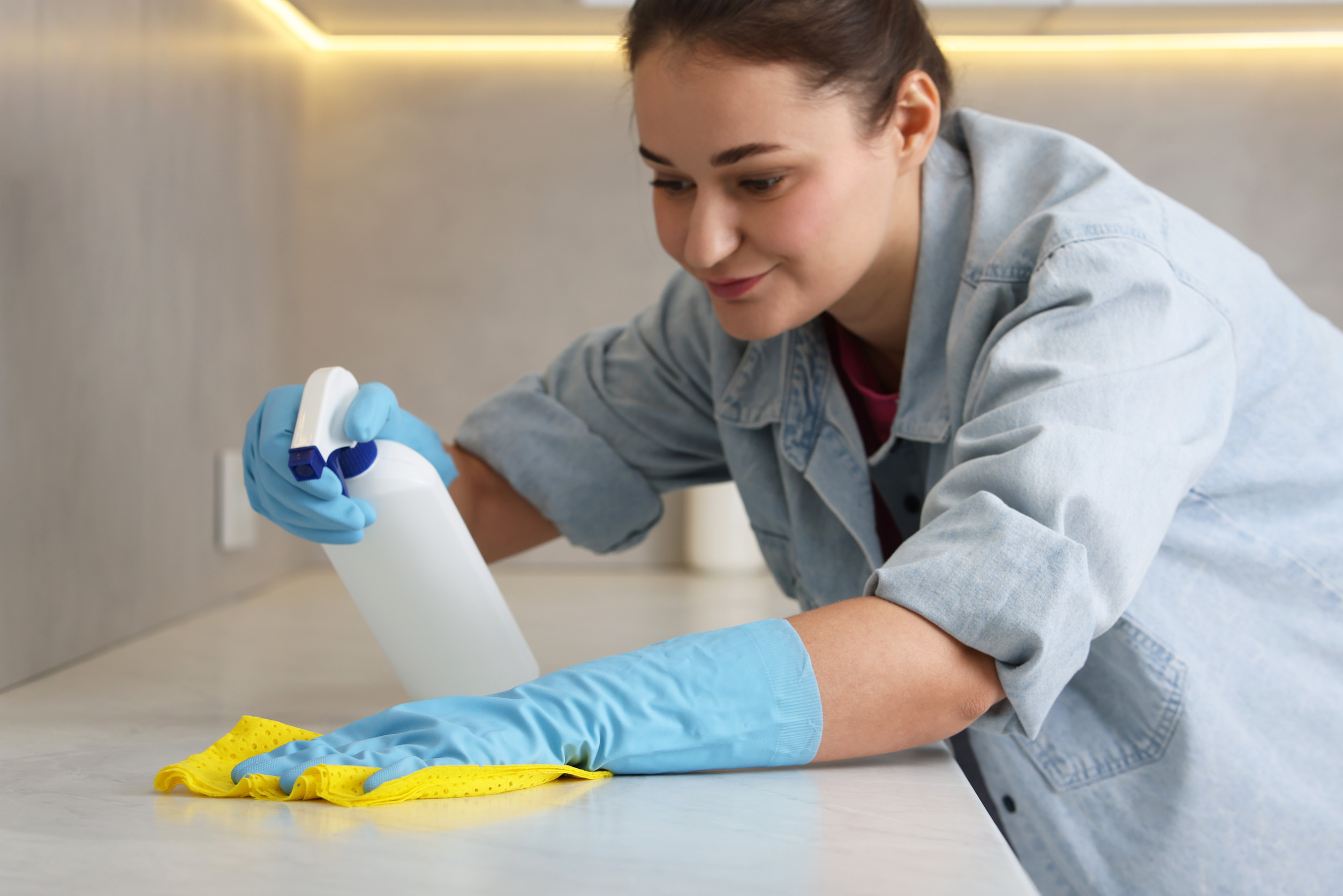
We spend a large part of our day indoors. So, the quality of the air inside our homes matters a lot. But did you know that some everyday household products can actually harm your indoor air quality without you realizing it? Here are six common products that might be quietly damaging the air you breathe. Additionally, we’ll discuss what you can do to reduce their impact.
1. Air Fresheners and Scented Candles
Not all good-smelling products are good for you. While they make your home smell nice, many air fresheners and scented candles release volatile organic compounds (VOCs) and other chemicals that can irritate your lungs and worsen allergies. There are many alternatives to try that are clean and non-toxic. For example, beeswax burns cleanly and even helps purify the air by releasing negative ions. Choose candles with cotton or wood wicks and no added synthetic scents. For air fresheners, try essential oil diffusers. Ultrasonic diffusers disperse pure essential oils into the air without heating them, preserving their natural benefits. Look for 100% pure oils without additives.
2. Cleaning Products with Harsh Chemicals
Some cleaners contain ammonia, bleach, and other strong chemicals that can emit fumes harmful to respiratory health, especially in poorly ventilated spaces. White vinegar, baking soda, and lemon juice are all great alternatives. Even essential oils add antibacterial and antifungal power while giving your cleaners a fresh scent.
3. Paints and Varnishes
Many paints and wood finishes off-gas VOCs for weeks after application. Choosing low-VOC or zero-VOC products can significantly improve indoor air quality. If you must use conventional paint, ensure good ventilation during and after the project to speed up off-gassing. Water-based options also tend to have fewer harmful emissions than solvent-based formulas.
4. Non-Eco-Friendly Air Filters and Humidifiers
Some air filters and humidifiers can become breeding grounds for mold and bacteria if not cleaned properly, releasing allergens and irritants into the air. You should clean your humidifier weekly and change air filters every six months. You can use white vinegar and water to clean your humidifier.
5. Synthetic Upholstery and Carpets
Furniture and carpets made with synthetic materials often emit chemicals like formaldehyde, which can accumulate indoors and affect air quality. Upholstery made from organic cotton, linen, hemp, or wool provides durability without harmful treatments. For carpets and rugs, look for wool, jute, sisal, or seagrass, which are naturally renewable and biodegradable. Many eco-friendly brands also use plant-based dyes and non-toxic adhesives, helping improve indoor air quality while adding style to your space.
6. Personal Care Products
Products like hairspray, deodorants, and aerosol sprays often contain chemicals that linger in the air and may contribute to indoor pollution. These ingredients can include synthetic fragrances, propellants, and preservatives that irritate the respiratory system. Using pump sprays or solid alternatives can reduce airborne particles. Opting for unscented or naturally scented personal care products also helps keep indoor air cleaner.
Choosing Better Household Products
Ultimately, being intentional about the products you bring into your home can have a lasting impact on both your environment and your well-being. By choosing natural or low-emission alternatives, you reduce exposure to harmful chemicals and help maintain cleaner indoor air. This not only supports your respiratory health but can also improve sleep quality, reduce allergy symptoms, and create a more comfortable living space. Small, consistent choices—like switching to eco-friendly cleaning products, low-VOC paints, or natural fabrics—can add up to significant benefits over time. In the end, these mindful decisions protect your health while also contributing to a safer, more sustainable home.
Read More
10 Proven Ways to Save Money on Car Ownership
Top Benefits of Partnering with a Staffing Agency for Your Business
The post 6 Household Products That Are Quietly Ruining Indoor Air Quality appeared first on Thousandaire.







